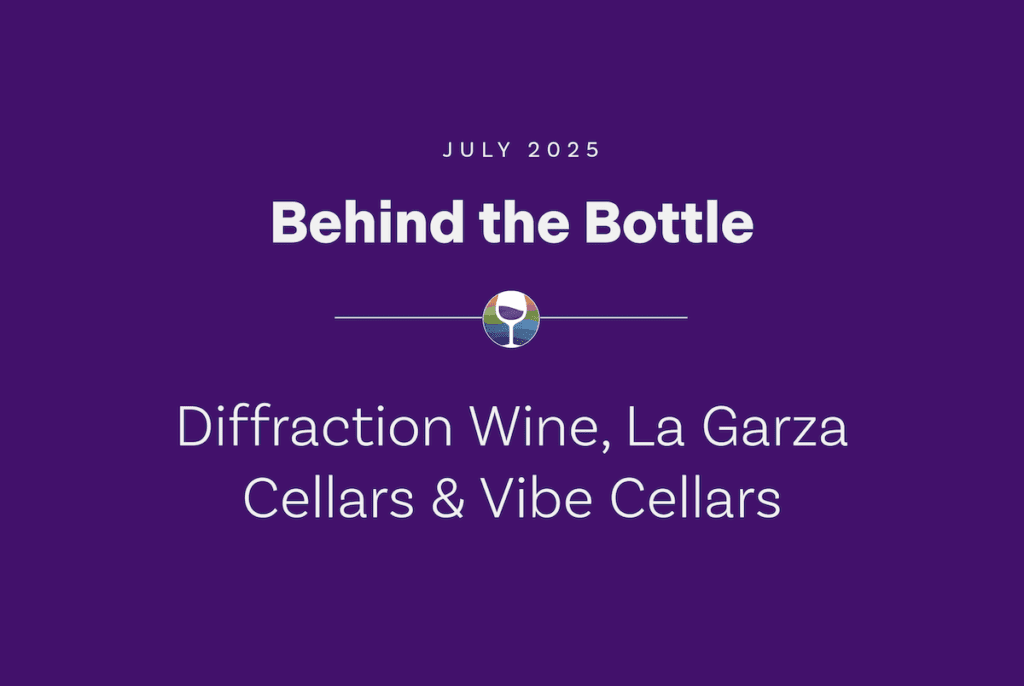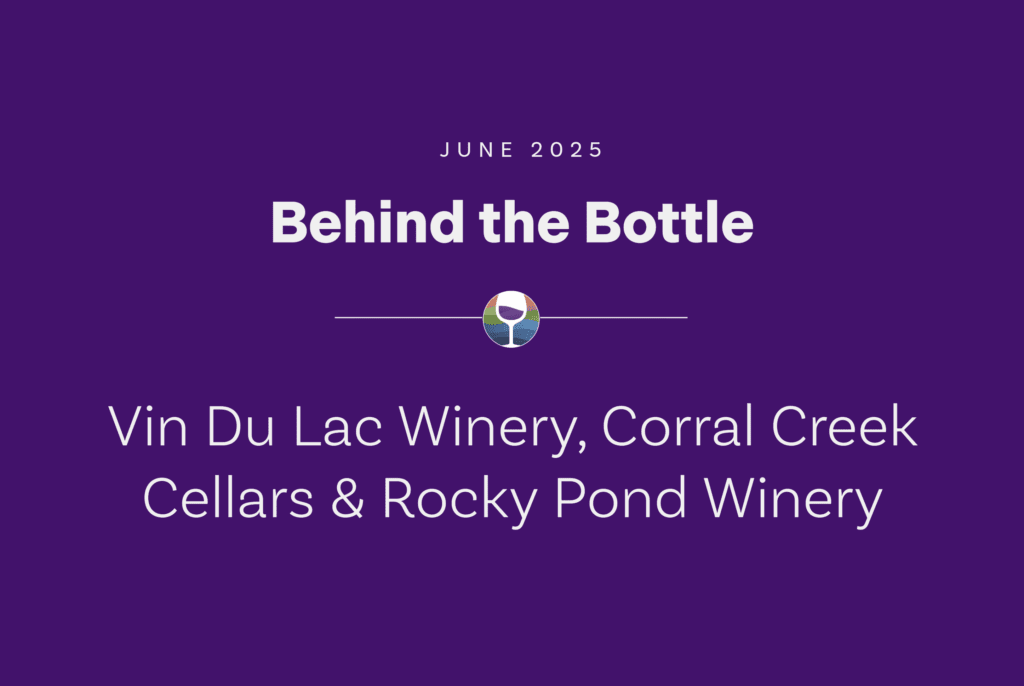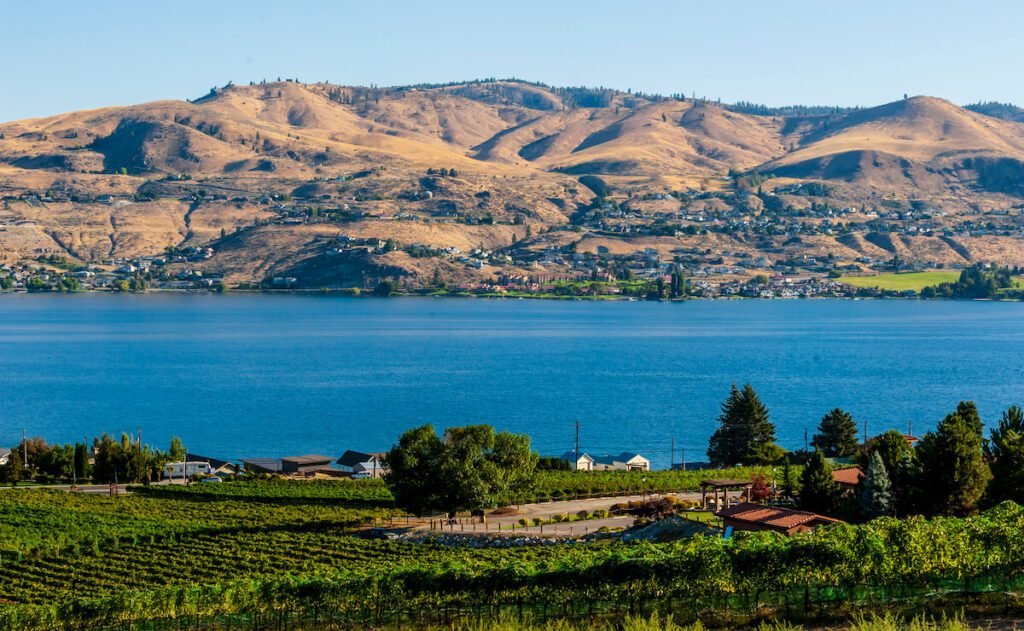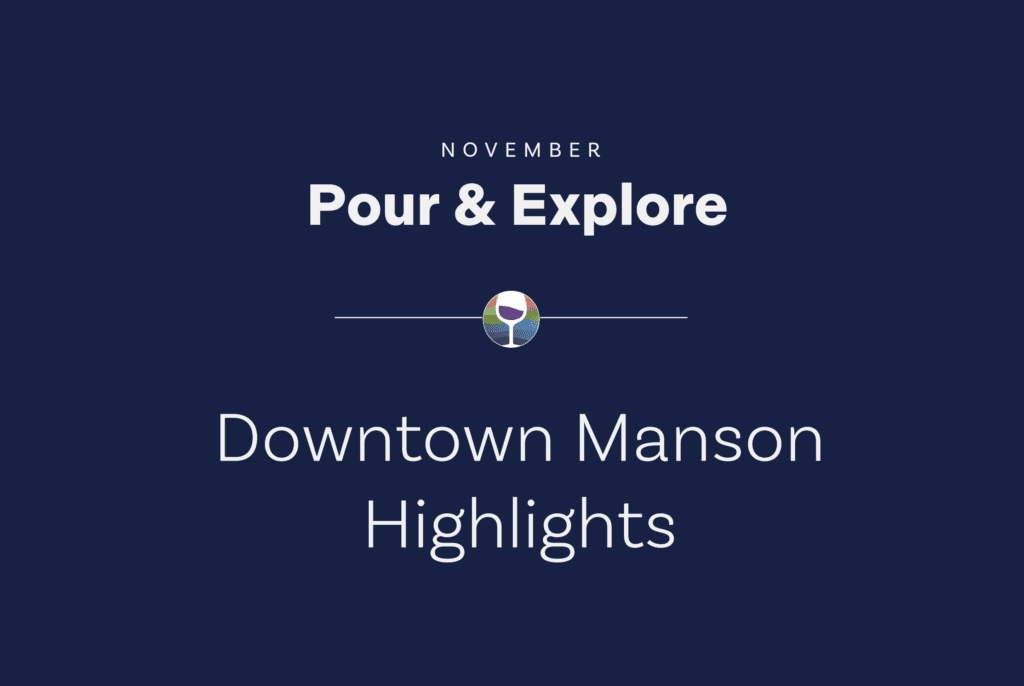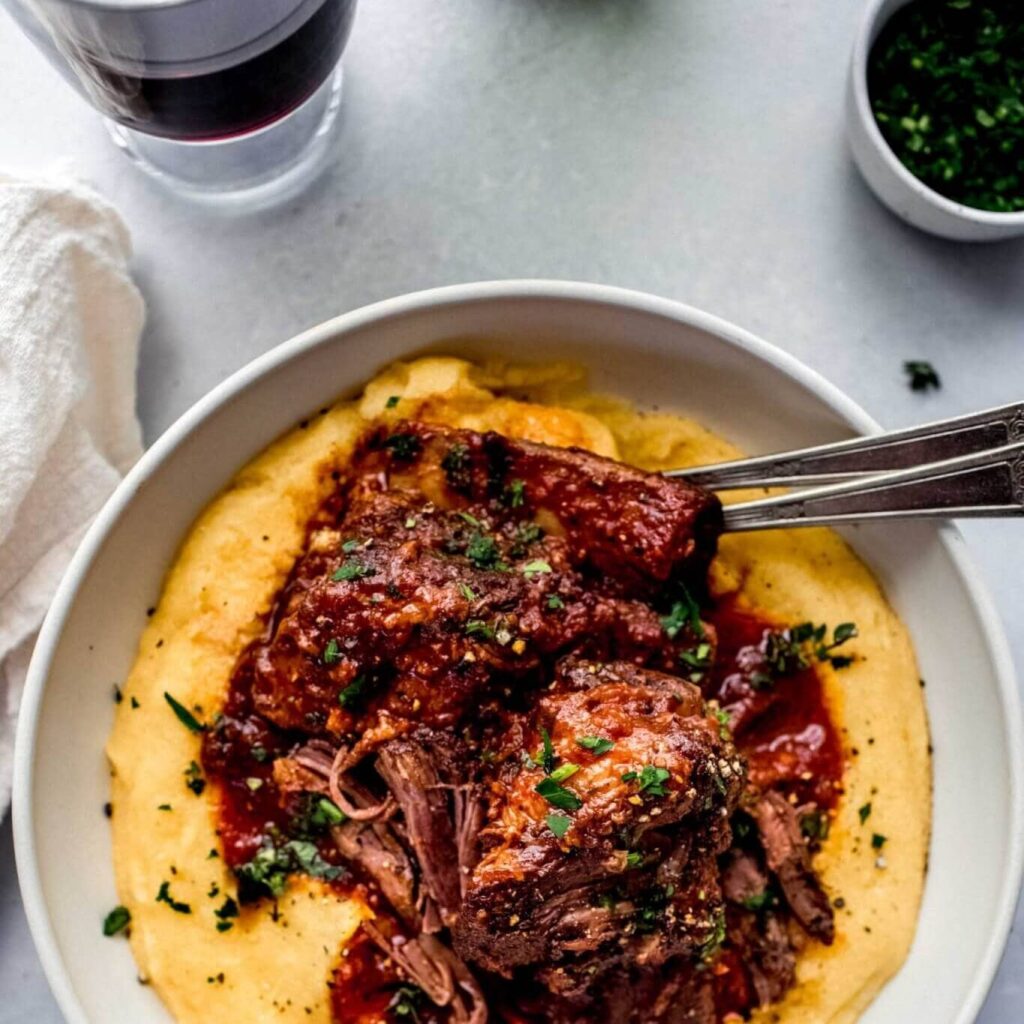Understanding the Ins & Outs of ‘Wine Harvest’ Season
Wine harvest season is a special time that begins when the grapes start to change color, get picked, processed, and soon become wine. The 2022 harvest season in wine country began in late August and is expected to continue through November in the Pacific Northwest.
As a delicate process of artistry and connection with nature, harvesting is something to behold.
Here’s what you need to know about harvest season in wine country.
What is Wine Harvest Season?
Wine harvest season is when vineyards and wineries work seemingly non-stop to pick and ready the wine grapes. If you visit wine country during this time, you’ll probably notice the scent of fresh grapes wafting through the air and the vineyards filled with people working tirelessly.
When is Wine Harvest Season?
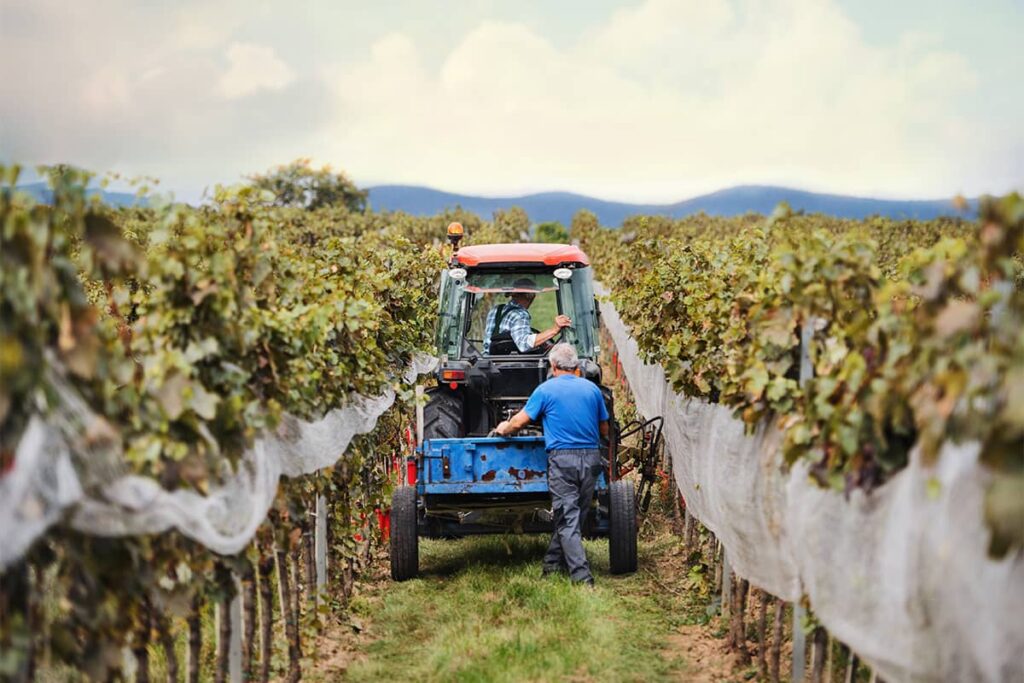
Harvest season encompasses the months when winemakers and grape growers work together to pick the fruit and begin the transformation process.
The process takes a few months, often from August through October or November, when there is a defined and essential camaraderie between the winemaker and the vineyard.
What Happens to Grapes During Wine Harvest?
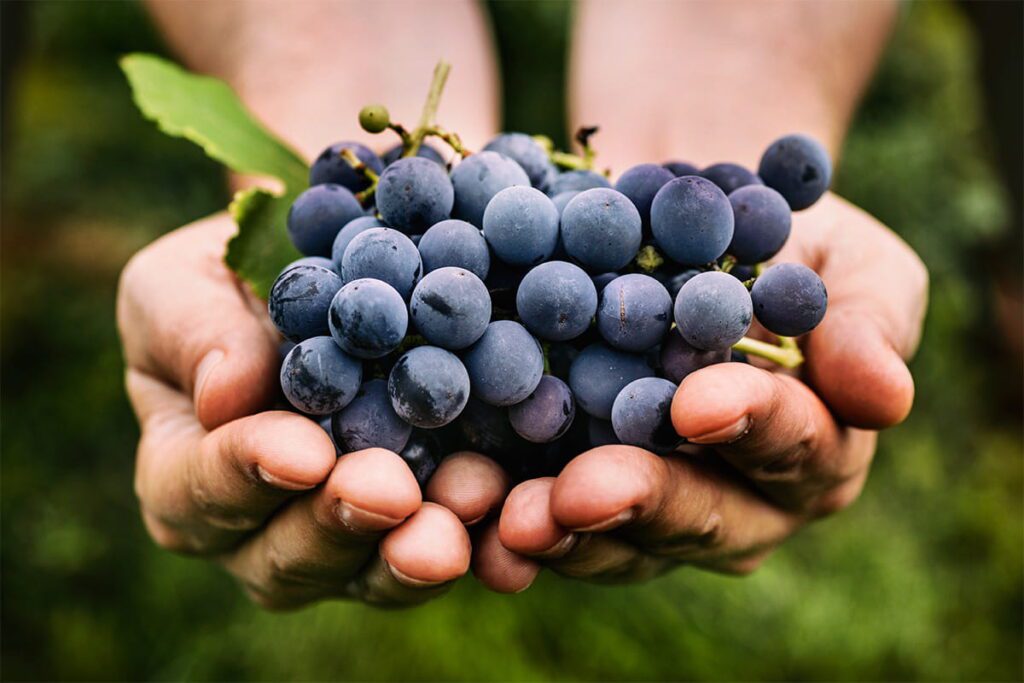
A tangible sign that harvest season is beginning is when the grapes lose their green color and develop either purple-red coloring or somewhat translucent gold. The grapes also get larger and feel softer, hinting at their near readiness for harvesting.
This is when winemakers and grape growers begin checking the fruit daily, often tasting the grapes to determine the balance between sugars, tannins, and acidity. Then, when the timing is right, the actual work of harvesting begins.
How Do Winemakers Harvest Grapes?
When harvesting, winemakers tend to start by picking grapes to be used for wines that need high acidity. Grapes harvested sooner retain that acidity, making them great for certain wines, such as sparkling wine. However, some other types of wine require more mature grapes and therefore are left on the vine longer and not picked until late in the season.
Harvesting Methods
Winemakers use two methods for harvesting grapes: hand picking and mechanical picking.
Hand Picking
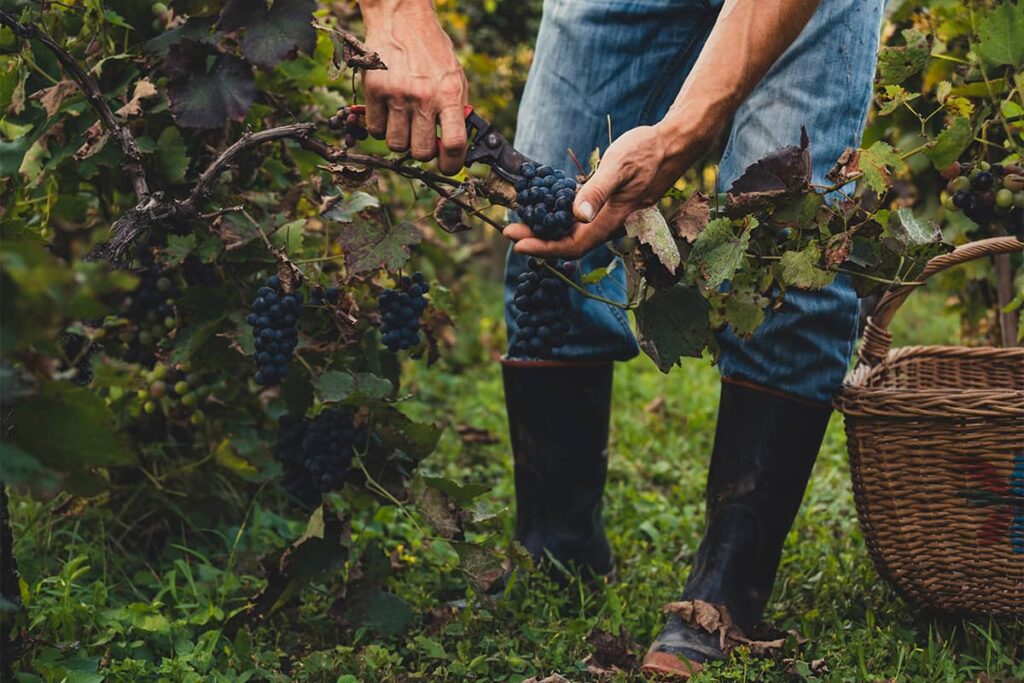
Hand picking is often the preferred method for harvesting as it is gentler on the grapes and ensures better quality. Hand harvesting is also useful for picking grapes in areas that mechanical harvesters would struggle with.
Harvesters use a grape hook knife for culling and picking grapes. The lug is also important — it’s the box where harvesters store grapes after picking them off the vine. Those working the harvest need equipment to protect them during the process, including gloves, safety vests, boots, and headlamps.
Mechanical Picking

Some vineyards use mechanical harvesters to make picking easier and faster. While these machines can be harsh on the grapes, some winemakers feel their benefits outweigh the risks.
Mechanical harvesting requires pivotal strikers or trunk shakers to remove the grapes from the vine. Pivotal strikers use horizontal rods to strike the canopy of the vine, shaking the grapes off. With trunk shakers, rails move back and forth, shaking the top of the trunk and causing the grapes to fall off.
While less tiring, it’s easy to understand why most winemakers still choose to utilize handpicking of grapes. Mechanical harvesting can be harsh and damage grapes, leaving less of a bounty.
How Does Weather Affect the Wine Harvest?
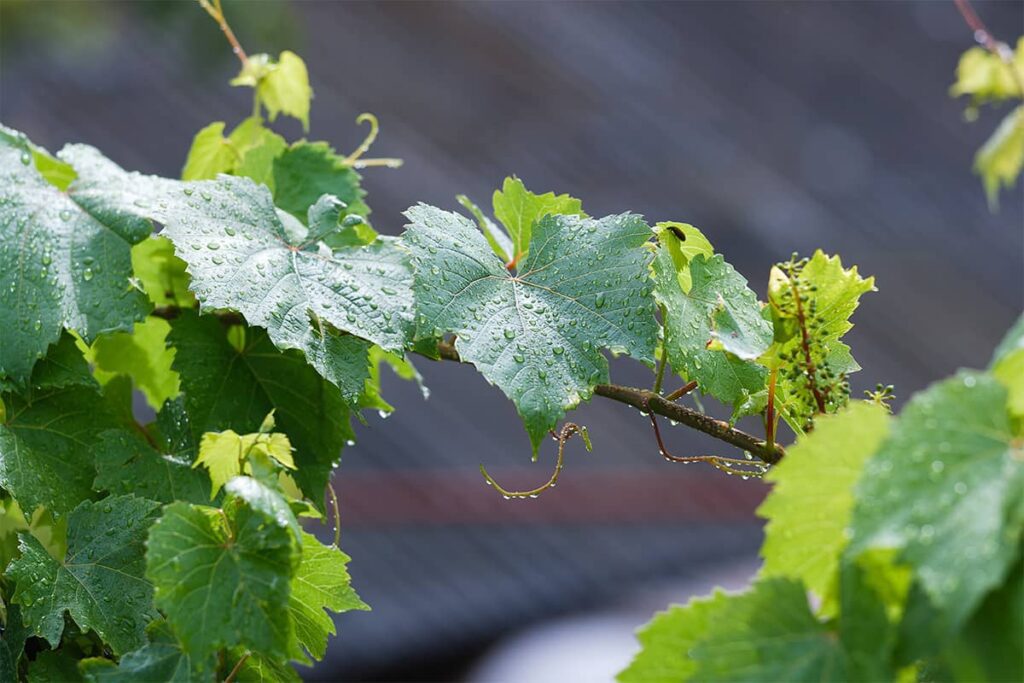
The weather plays a huge role in deciding when to start harvesting. For example, picking could be adversely affected if there are late heat waves or huge rain showers. Therefore, harvesting may need to pause or be done quickly to avoid adverse weather conditions.
Weather also affects the development of the grapes themselves, as cooler growing conditions can cause the grapes to ripen less, giving them more of a tart flavor. In addition, grapes grown in these conditions have higher acidity and less sugar, which leads to a lower alcohol level.
At the same time, warmer growing conditions cause more ripeness, sweeter fruit, more sugar, and a higher alcohol level.
What Activities Can You Do During Wine Harvest?
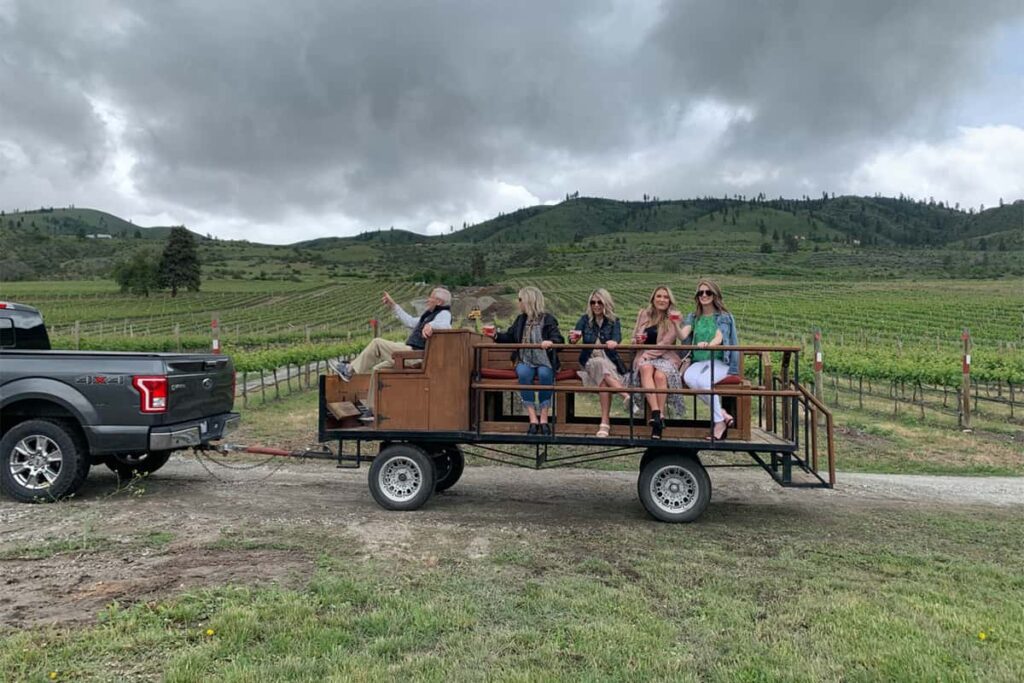
Wine harvest season is a busy time for vintners, but there are also plenty of opportunities for visitors to get involved in the action. Many wineries offer tours that take visitors through the vineyards and explain the process of grape harvesting. There are also many opportunities to participate in grape stomping competitions or simply enjoy a glass of wine amidst the beautiful autumn foliage.
Of course, no visit to a vineyard would be complete without sampling the wines that are being produced. Many wineries offer specials and barrel tastings during harvest season, making it the perfect time to explore new varieties and find a new favorite.
Whether you’re a wine lover or simply looking for a unique autumn experience, wine harvest season is the perfect time to visit a vineyard.
Wines from Lake Chelan Wine Valley’s Harvest
The Lake Chelan Wine Valley is home to a diverse range of wineries and wines. Among the most popular varieties are Syrah, Pinot Noir, Chardonnay, Merlot, Riesling, Pinot Gris, Viognier, Cabernet Franc, Cabernet Sauvignon, and Malbec.
In recent years, winemakers in the Lake Chelan wine valley have also begun experimenting with new varieties such as Viognier and Grenache. As a result, the region has become known for its ability to produce high-quality wines of all types.
Whether you prefer fruity whites or full-bodied reds, you’re sure to find a wine to suit your taste in the Lake Chelan Wine Valley.



